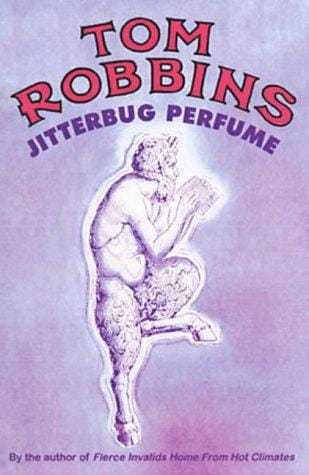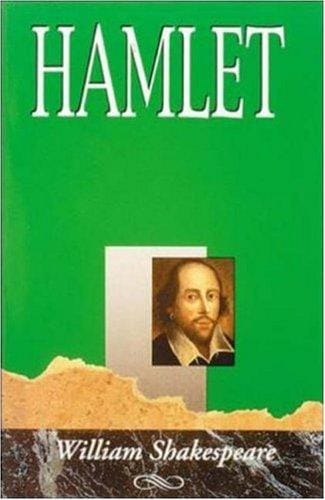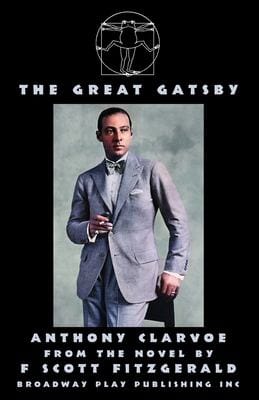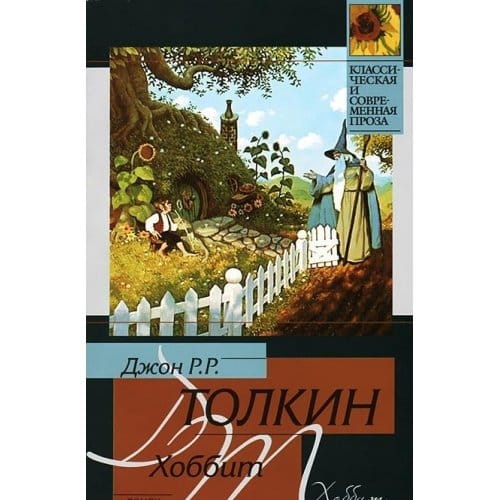Everything Is Illuminated: Plot, Themes, and Lasting Impact
Discover the plot, themes, and cultural impact of Jonathan Safran Foer’s Everything Is Illuminated, plus how the novel and film differ, in this concise guide.
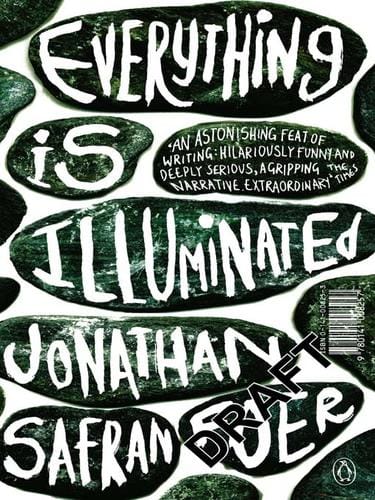
Introduction to Everything Is Illuminated
Everything Is Illuminated is a modern classic that bridges the gap between post-Holocaust remembrance and contemporary coming-of-age fiction. Jonathan Safran Foer’s 2002 debut novel, and the 2005 film adaptation directed by Liev Schreiber, follow a young American Jew, also named Jonathan Safran Foer, as he travels to Ukraine to find the woman who supposedly saved his grandfather during World War II. Through sharply contrasting tones of comedy and tragedy, the story explores memory, identity, and the persistence of history. This article delivers an 800-word, SEO-friendly overview of Everything Is Illuminated, covering its plot, major themes, differences between book and movie, and cultural resonance.
Plot Summary: Two Timelines Converging
The narrative toggles between Jonathan’s present-day road trip and an imaginative, sometimes fantastical, chronicle of his ancestral shtetl, Trachimbrod. In the present line, Jonathan hires a quirky local guide service run by car-obsessed Alex Perchov, Alex’s temperamental grandfather, and a supposedly “blind” dog named Sammy Davis, Jr., Jr. Their mismatched personalities spawn moments of linguistic misunderstanding and slapstick humor, but darker truths gradually surface. The parallel storyline delves into 18th- to 20th-century Trachimbrod, depicting generations of eccentric villagers whose fates culminate in the Nazi massacre that erases the town from maps and memory. The book stitches these two arcs together until the climactic revelation of what truly happened to Jonathan’s family.
Key Themes Illuminated
The Weight of Memory
Everything Is Illuminated insists that remembering is both a burden and a necessity. Jonathan’s obsessive cataloging of family relics mirrors Foer’s own research process, emphasizing how survivors’ stories risk vanishing unless re-imagined by later generations. The novel suggests that even imperfect, embellished memories can keep lost worlds alive.
Language and Storytelling
Foer purposefully fractures language: Alex’s hilariously thesaurus-drunk English and the mythic tone of Trachimbrod sections reveal how stories are filtered through culture, translation, and personal bias. Language becomes both barrier and bridge, underscoring that truth often resides between words rather than within them.
Light vs. Darkness
The title Everything Is Illuminated hints at finding light in horrific darkness. Photographs, flashlights, and literal sunshine recur throughout, symbolizing clarity achieved after confronting painful history. The illumination, however, is partial; what is revealed can scar as much as it heals.
Book vs. Film Adaptation
Liev Schreiber’s 2005 film streamlines Foer’s intricate structure, focusing almost entirely on the road trip while omitting most of the historical Trachimbrod chapters. Elijah Wood plays Jonathan as an awkward, silent collector, whereas the novel’s Jonathan is more loquacious and self-reflective. Many viewers appreciate the movie’s warm chemistry between Jonathan and Alex (played by Eugene Hutz) and its poignant, sepia-tinged visuals. Purists, however, lament the loss of the book’s magical-realist texture and generational sweep. Understanding these differences helps audiences choose whether to savor the layered literary experience, the cinematic one, or both.
Cultural and Critical Reception
Everything Is Illuminated debuted to immediate acclaim, winning the Guardian First Book Award and landing on numerous best-of-the-year lists. Critics praised Foer’s inventive structure and fearless tonal shifts, though some accused the novel of stylistic excess. The film received a standing ovation at the Venice Film Festival and enjoys an 8.0 rating on IMDb, yet it earned only modest box office returns. Over two decades, the story has entered university syllabi worldwide, often paired with works like Art Spiegelman’s Maus and Nicole Krauss’s The History of Love to examine post-memory literature.
Why Everything Is Illuminated Still Matters
In an era grappling with rising antisemitism and historical amnesia, Everything Is Illuminated remains potent. It demonstrates that trauma travels through time, shaping descendants who may feel far removed from original events. At the same moment, the book illustrates how empathy can develop across linguistic, cultural, and geographic divides—Jonathan and Alex’s unlikely friendship being the prime example. For readers and viewers seeking narratives that blend humor with moral gravity, Foer’s tale offers a blueprint for confronting darkness without surrendering to it.
Reading and Viewing Tips
To maximize your experience, consider reading the novel first to appreciate Foer’s linguistic playfulness, then watch the film as a companion piece. Listen closely to Eugene Hutz’s performance, which captures Alex’s exuberant malapropisms, and pay attention to the film’s soundtrack featuring eclectic Eastern European music. While reading, have a map or historical timeline handy to track the real-world references hidden in Trachimbrod’s fictional history.
Conclusion
Everything Is Illuminated stands at the crossroads of memory and imagination, asking readers and viewers to illuminate both personal and collective pasts. Whether you engage through Foer’s experimental prose or Schreiber’s visually lyrical film, you will emerge with a renewed appreciation for storytelling’s power to preserve what might otherwise be lost. Ultimately, the work reminds us that while the past can never be entirely recovered, shining a compassionate light on it can foster understanding, healing, and connection across generations.
